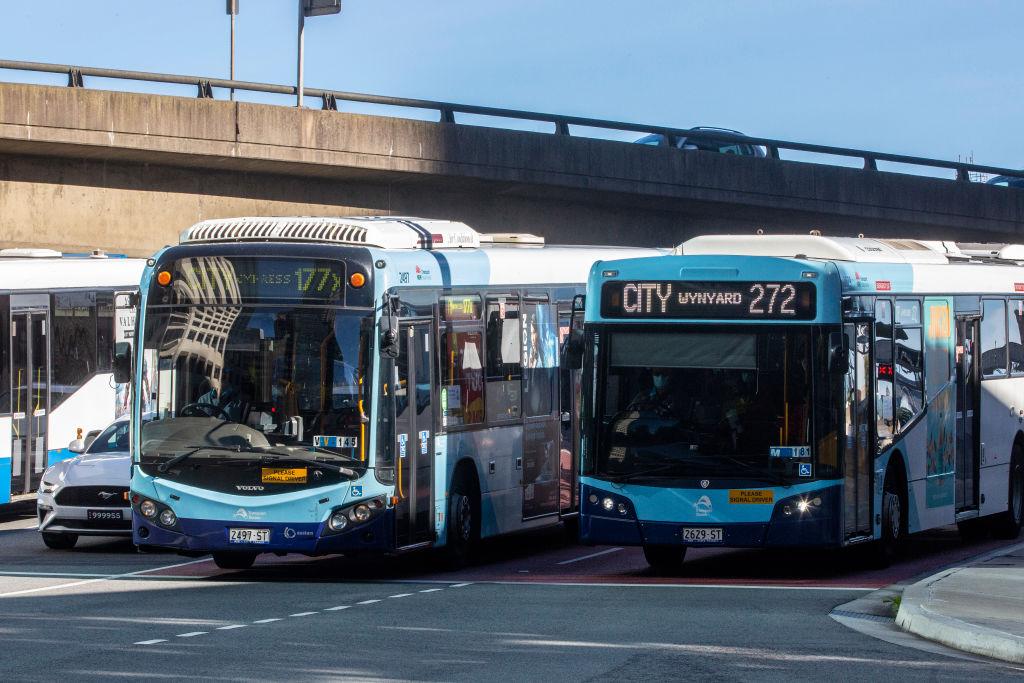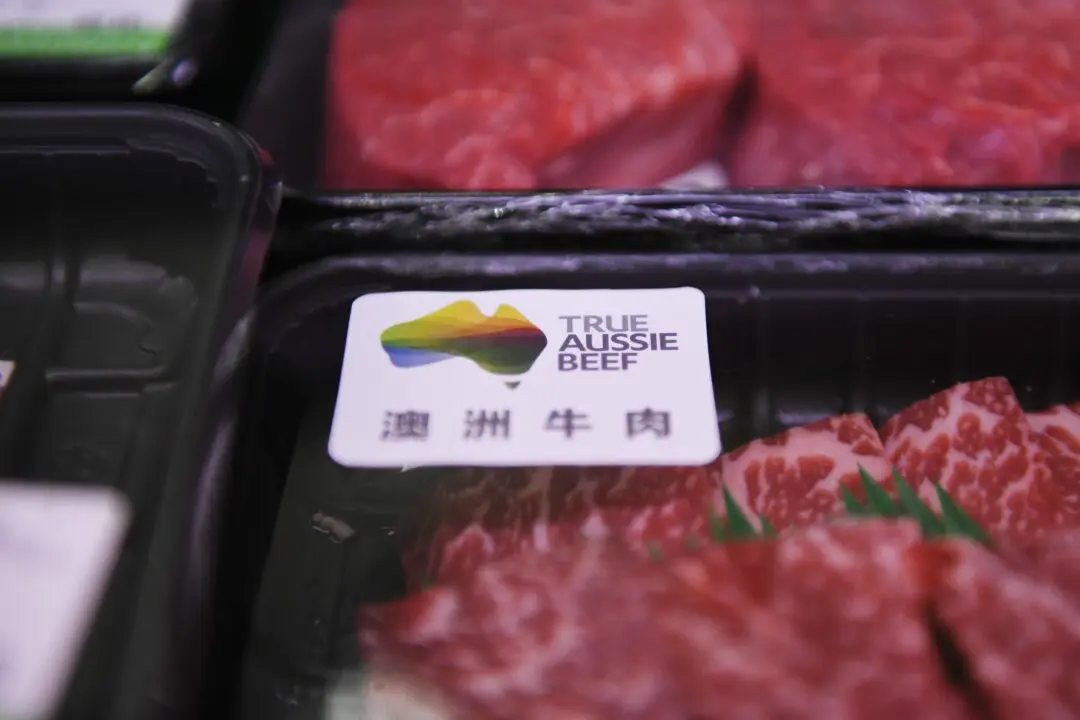The New South Wales (NSW) government said a $139.5 million (US$92.3 million) boost to the state’s ailing bus network will bolster public transport in Sydney’s under-serviced western suburbs but concedes there are still not enough bus drivers to meet demand.
The funding, to be allocated in June 18’s state budget, would modernise the state’s bus fleet and improve its reliability and accessibility, the government said on June 14.





